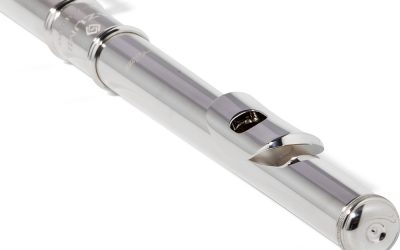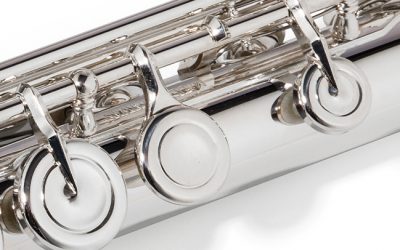Altus Scale

An instrument’s scale is the relationship of the tone holes to each other, the size of each hole, and the distance of the tone holes from the embouchure. All Altus and Azumi flutes use the Altus Scale which is known for its excellent intonation, carefully tuned harmonics, and balanced registers.
The Altus Scale is based on the work and recommendations of renowned British flutist William Bennett and expertise of Altus flutemaker Shuichi Tanaka. An admirer of flutemaker Albert Cooper’s scale work, Bennett modified Cooper’s scale and prioritized tuning harmonics to increase the resonance of the instrument. Flutes using the Altus Scale are easier to play in tune, while the enhanced resonance allows for a flexible sound with more depth and color.
View Additional Features
Z-Cut Headjoint
The most distinctive feature of all Azumi flutes is the Altus Z-Cut professional headjoint, which responds quickly and easily and produces a full and rich tone in all three registers.
Pointed Key Arms
Originally reserved for professional models, all Azumi Flutes feature pointed key arms for an elegant and refined look, even pad wear, and improved key strength.
Open Holes
An open-hole flute has holes at the center of the A, G, F, E, and D keys. Open holes are the standard among intermediate flutes and are the preference of the majority of professional flutists.




